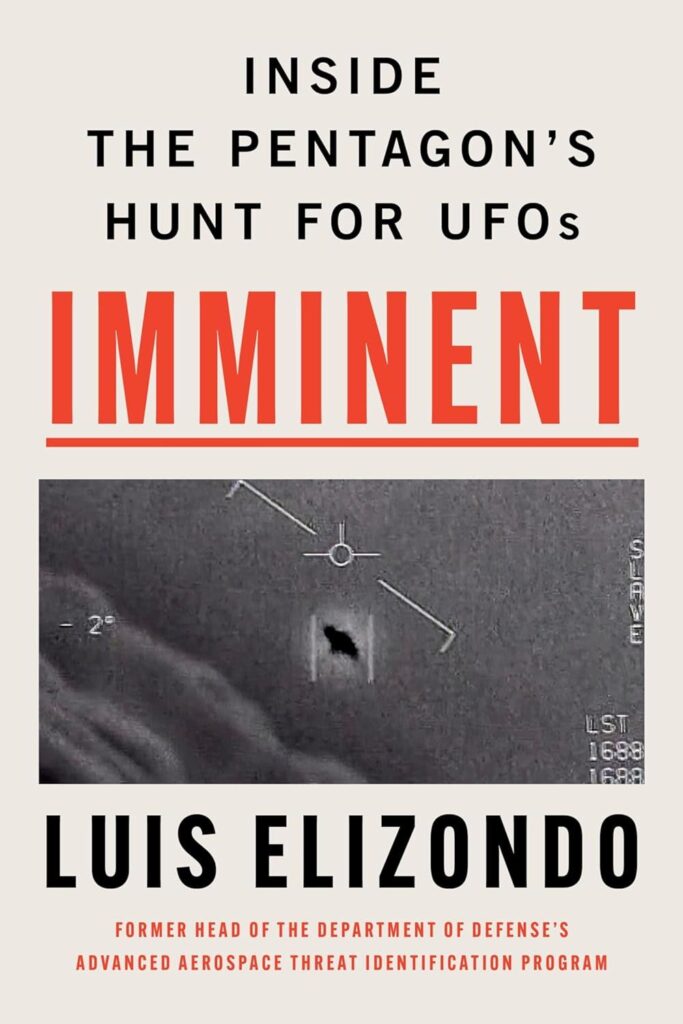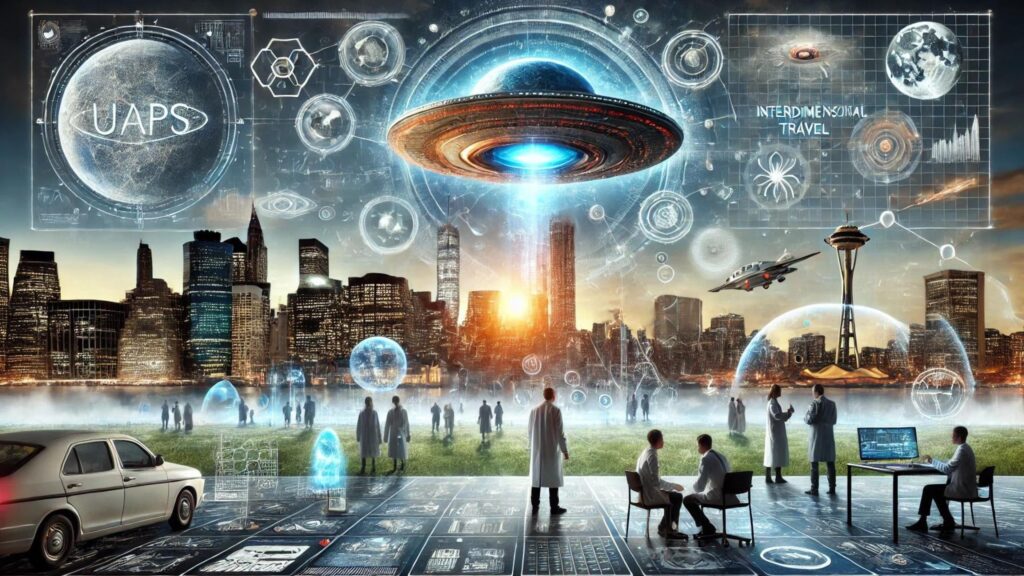Unidentified Aerial Phenomena (UAPs), formerly known as UFOs, have captivated public imagination and scientific curiosity for decades. As credible reports continue to emerge, researchers are developing increasingly sophisticated theories to explain these enigmatic sightings. This article delves into the leading scientific hypotheses about UAPs, backed by real facts, dates, and expert opinions.
The UAP Phenomenon: A Brief History
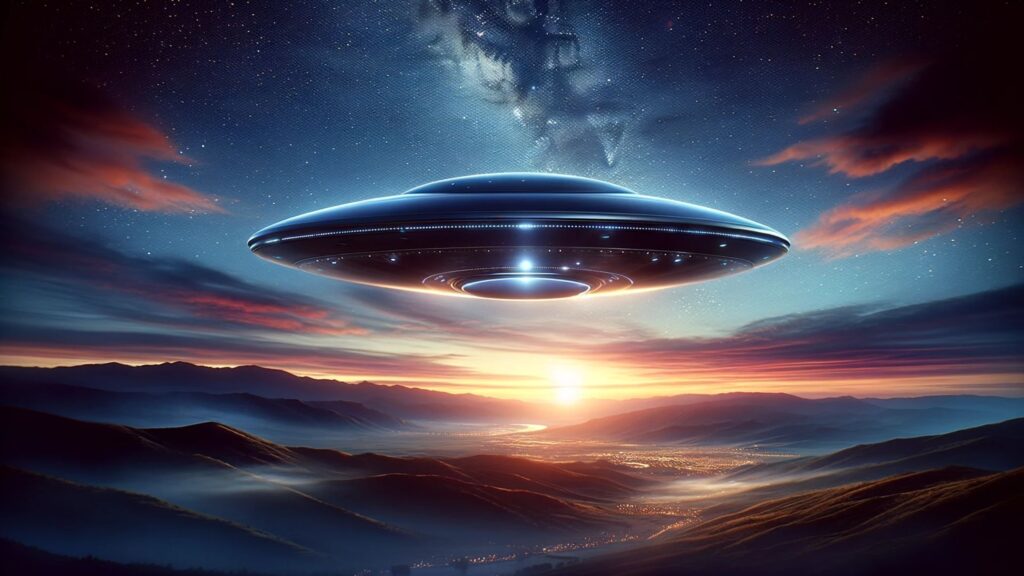
Before we explore the theories, let’s establish a timeline of significant UAP-related events:
– June 24, 1947: Kenneth Arnold’s sighting near Mount Rainier, Washington, which coined the term “flying saucer”
– July 8, 1947: The Roswell Incident in New Mexico, sparking decades of controversy
– 1952: The Washington D.C. UFO incident, where multiple radar operators and pilots reported strange objects over the nation’s capital
– December 17, 1969: The closure of Project Blue Book, the U.S. Air Force’s official UFO investigation program
– November 14, 2004: The famous “Nimitz Encounter” off the coast of San Diego, involving the USS Nimitz carrier strike group
– December 16, 2017: The New York Times reveals the existence of the Pentagon’s Advanced Aerospace Threat Identification Program (AATIP)
– April 27, 2020: The U.S. Department of Defense officially releases three UAP videos recorded by Navy pilots
With this historical context in mind, let’s examine the scientific theories proposed to explain UAPs.
Interdimensional Travel: A Mind-Bending Possibility

One of the more exotic explanations for UAPs is the interdimensional hypothesis. This theory suggests that some UAPs might originate from parallel dimensions or alternate realities rather than distant planets.
Key Proponents:
Dr. Jacques Vallée, a computer scientist and ufologist, has been a leading advocate of this theory since the 1970s. In his 1975 book “The Invisible College,” Vallée argued that the behavior of some UAPs aligns more closely with interdimensional travel than with extraterrestrial visitation.
Dr. Michio Kaku, a renowned theoretical physicist, has also discussed the possibility of interdimensional beings. While not exclusively endorsing this theory, Kaku has stated that advanced civilizations could potentially manipulate space-time, allowing for travel between dimensions.
Scientific Basis:
The interdimensional hypothesis finds some grounding in cutting-edge physics concepts:
1. String Theory: Developed in the 1960s and 1970s, string theory proposes that the universe consists of one-dimensional strings vibrating in 10 or 11 dimensions. Most of these dimensions are thought to be compactified or curled up, invisible to our perception.
2. M-Theory: An extension of string theory proposed by Edward Witten in 1995, M-theory suggests the existence of 11 dimensions and allows for the possibility of parallel universes or “branes” (short for membranes) floating in a higher-dimensional space.
3. The Many-Worlds Interpretation: First proposed by Hugh Everett III in 1957, this interpretation of quantum mechanics suggests that all possible alternate histories and futures are real, each representing an actual world or parallel universe.
Observations Supporting the Theory

Proponents of the interdimensional hypothesis point to several reported UAP characteristics:
– Sudden appearances and disappearances
– Ability to pass through solid objects
– Distortions in space-time around the objects
– Non-linear flight patterns that seem to defy known physics
However, it’s important to note that while these concepts are mathematically possible, there’s currently no experimental evidence to support the existence of other dimensions accessible to macroscopic objects.
Advanced Military Technology: Hidden in Plain Sight?

A more grounded explanation for some UAP sightings is that they represent classified military aircraft or drones utilizing technology far beyond publicly known capabilities.
Historical Context:
The U.S. military has a long history of developing secret aircraft that were initially mistaken for UAPs:
– U-2 Spy Plane (1950s): Many UFO sightings in the 1950s and early 1960s were later attributed to high-altitude U-2 flights.
– SR-71 Blackbird (1960s): This supersonic reconnaissance aircraft led to numerous UFO reports due to its incredible speed and altitude capabilities.
– F-117 Nighthawk (1980s): The unusual shape and stealth capabilities of this aircraft resulted in several UFO sightings before its public reveal.
Current Speculations:
– TR-3B: An alleged black project aircraft, often associated with triangular UAP sightings. While there’s no official confirmation of its existence, persistent rumors suggest it uses anti-gravity propulsion.
– Hypersonic Vehicles: Both the U.S. and China have been developing hypersonic weapons capable of speeds over Mach 5. Some UAP reports describe objects moving at extreme velocities.
Expert Opinions:
Mark Pilkington, author of “Mirage Men: An Adventure into Paranoia, Espionage, Psychological Warfare, and UFOs,” argues that some UAP sightings may be the result of military psychological operations (PSYOPs) designed to conceal advanced aircraft testing.
Dr. Steven Greer, founder of the Disclosure Project, believes that many UAPs are indeed advanced human-made craft, possibly utilizing reverse-engineered extraterrestrial technology.
Challenges to the Theory:
While advanced military technology can explain some sightings, it struggles to account for the following:
1. Historical sightings predating modern aviation
2. Global distribution of sightings, including in airspace not accessible to U.S. military craft
3. Reported capabilities far beyond even the theoretical limits of current technology
Extraterrestrial Visitors: Are We Alone?
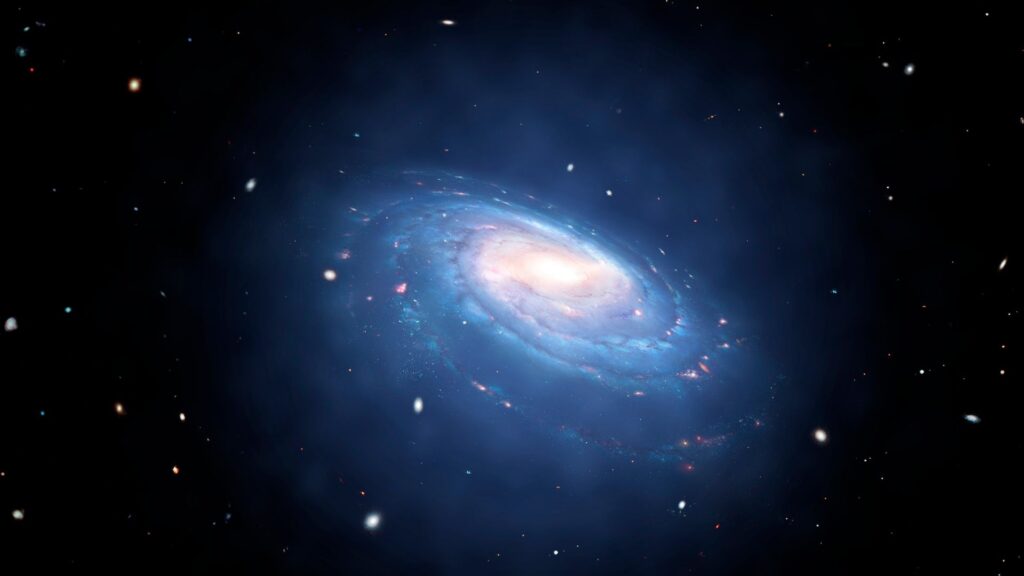
The extraterrestrial hypothesis (ETH) remains the most popular explanation for UAPs among the general public. This theory proposes that some UAPs are spacecraft piloted by beings from other planets.
Scientific Foundation:
The ETH is based on several scientific principles and observations:
1. The Drake Equation: Formulated by Dr. Frank Drake in 1961, this equation estimates the number of communicative extraterrestrial civilizations in our galaxy. While the variables are highly uncertain, many scientists believe the equation suggests a high probability of extraterrestrial life.
2. Exoplanet Discoveries: Since the first confirmed exoplanet detection in 1992, astronomers have discovered over 5,000 planets orbiting other stars. Many of these are in the “habitable zone,” where liquid water could exist on the surface.
3. Extremophiles on Earth: The discovery of life in extreme environments on Earth, such as hydrothermal vents or radioactive waste, has expanded our understanding of the conditions under which life can thrive.
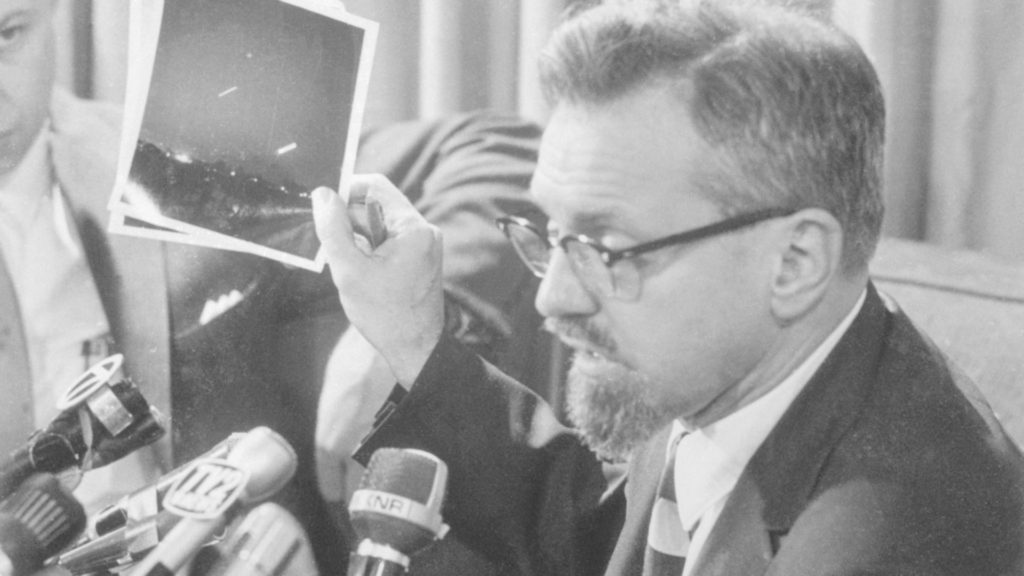
Notable Incidents and Studies:
– Betty and Barney Hill Abduction (1961): One of the first widely-publicized alleged alien abduction cases, investigated by Dr. J. Allen Hynek.
– Travis Walton Incident (1975): A logger in Arizona claimed to have been abducted by aliens for five days, passing lie detector tests about his experience.
– Robert Bigelow’s National Institute for Discovery Science (1995-2004): Privately funded scientific study of UAPs and related phenomena.
– Nimitz Encounter (2004): U.S. Navy pilots reported seeing and recording unusually shaped, highly maneuverable objects off the coast of San Diego.
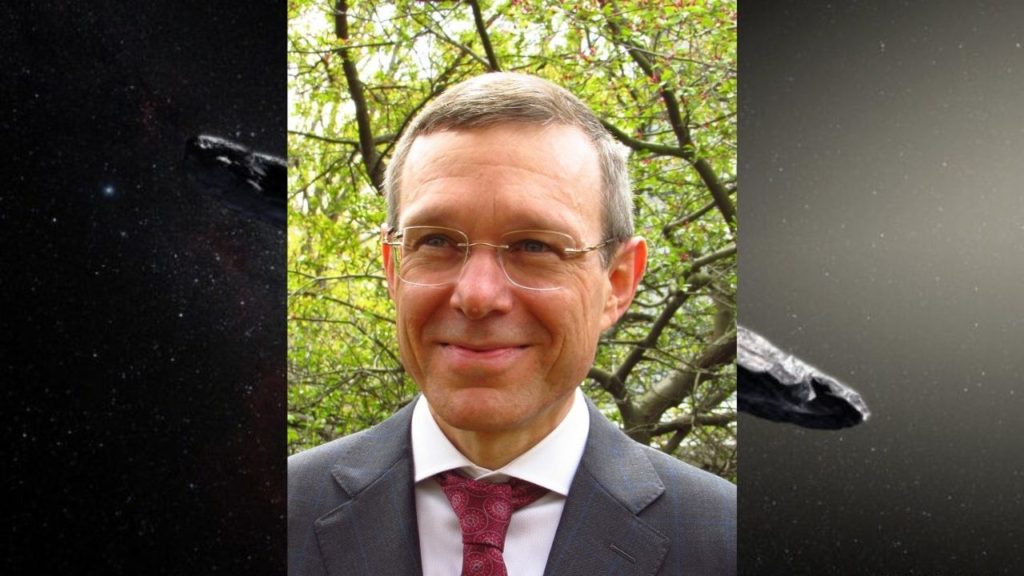
Expert Perspectives:
Dr. Avi Loeb, former chair of Harvard’s astronomy department, has been a vocal proponent of serious scientific study of potential extraterrestrial technology. His 2021 book “Extraterrestrial” argues that the interstellar object ‘Oumuamua might be an alien probe.
Dr. Seth Shostak, senior astronomer at the SETI Institute, maintains that while extraterrestrial life likely exists, there’s currently no convincing evidence that aliens are visiting Earth.
Challenges to the Theory:
The ETH faces several scientific hurdles:
1. The vast distances between stars make interstellar travel extremely challenging.
2. The lack of unambiguous physical evidence of extraterrestrial visitation.
3. The Fermi Paradox: If extraterrestrial civilizations are common, why haven’t we detected them?
Natural Phenomena: Misidentified but Fascinating
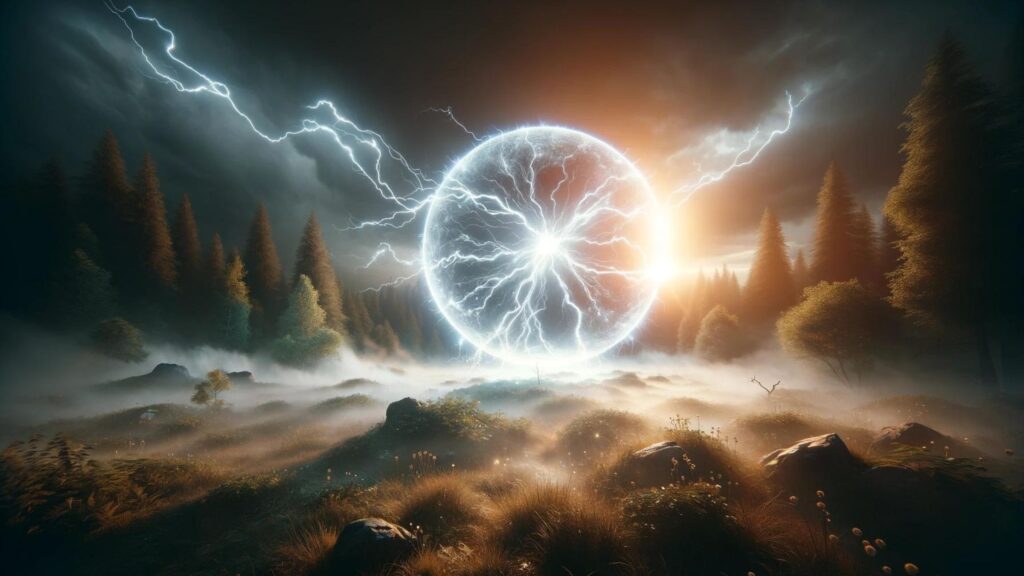
Some UAP sightings might have explanations rooted in rare or poorly understood natural phenomena. While these can’t account for all UAP reports, they offer intriguing possibilities for some observations.
Ball Lightning:
This rare atmospheric electrical phenomenon has been reported for centuries but was only recently captured on scientific instruments.
– In 2014, researchers in China published the first recorded spectrum of ball lightning in the journal “Physical Review Letters.”
– Characteristics of ball lightning, such as the ability to pass through walls and its brief duration, match some UAP reports.
Earthquake Lights:
Luminous phenomena, sometimes observed before or during earthquakes, have been reported throughout history.
– A 2014 study published in “Seismological Research Letters” proposed that the stress of tectonic plates against each other could release electric charges, creating light displays.
– These lights can take various forms, including globes of light floating in the air, potentially explaining some UAP sightings in seismically active areas.
Sprites and Other Upper Atmospheric Phenomena:
Transient luminous events in the upper atmosphere were once considered folklore but are now recognized by the scientific community.
– Sprites, first photographed in 1989, are large-scale electrical discharges that occur high above thunderstorm clouds.
– ELVES (Emission of Light and Very Low-Frequency Perturbations due to Electromagnetic Pulse Sources) are another recently discovered atmospheric phenomenon that could be mistaken for UAPs.
Expert Insight:
Dr. Terence Meaden, a physicist and meteorologist, has proposed that some UFO sightings might be explained by atmospheric plasma vortices. His theory suggests that under certain conditions, spinning masses of electrified air could create light effects and apparent solid structures.
The Road Ahead: Rigorous Scientific Study

As UAP reports gain credibility, the scientific community is increasingly engaged in serious research on the phenomenon.
Recent Developments:
1. U.S. Navy Guidelines (2019): The U.S. Navy implemented new guidelines for reporting UAP encounters, acknowledging the need for systematic data collection.
2. Pentagon’s UAP Task Force (2020): The Department of Defense established the Unidentified Aerial Phenomena Task Force to detect, analyze, and catalog UAPs that could potentially pose a threat to U.S. national security.
3. NASA UAP Study (2022): On June 9, 2022, NASA announced the commissioning of a study team to examine unidentified aerial phenomena from a scientific perspective. The study, led by astrophysicist David Spergel, aims to identify available data, how best to collect future data, and how NASA can use that data to move the scientific understanding of UAPs forward.
4. GALILEO Project (2021): Led by Dr. Avi Loeb at Harvard University, this project aims to use scientific methods and instruments to search for evidence of extraterrestrial technological artifacts near Earth.
Future Research Directions:
1. Improved Data Collection: Developing standardized protocols for reporting and recording UAP incidents across military and civilian sectors.
2. Advanced Instrumentation: Deploying high-resolution, multi-spectral sensors specifically designed to capture UAP data.
3. Machine Learning Analysis: Utilizing AI and machine learning algorithms to analyze large datasets of UAP reports and sensor data.
4. Interdisciplinary Collaboration: Encouraging cooperation between physicists, astronomers, atmospheric scientists, and other relevant disciplines to approach the UAP question holistically.
5. Open Science Initiatives: Promoting transparency and data sharing to allow a broader scientific community to contribute to UAP research.
Conclusion: Embracing the Unknown
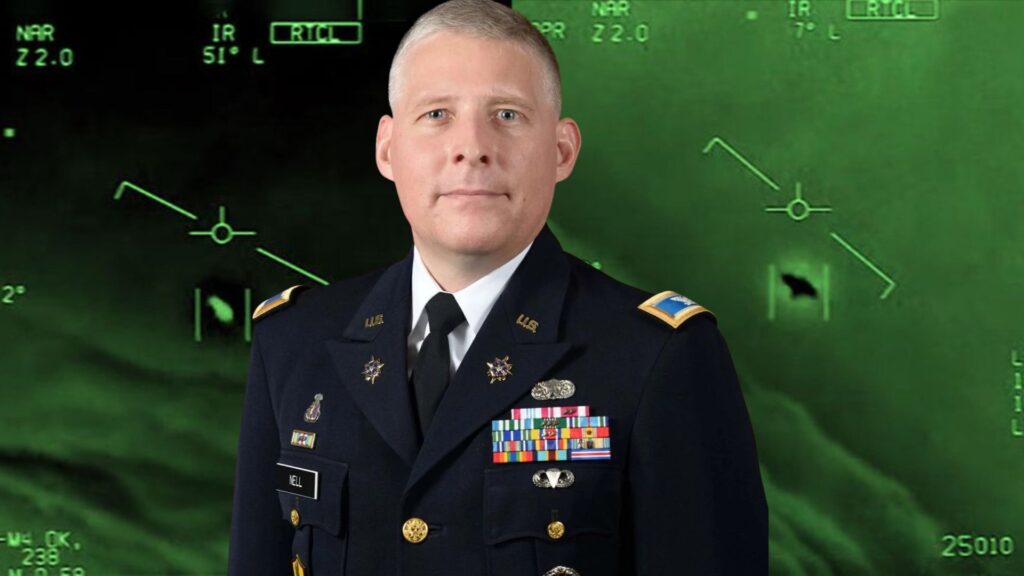
The study of Unidentified Aerial Phenomena represents a unique intersection of physics, astronomy, psychology, and even philosophy. While concrete answers remain elusive, the increasing scientific rigor being applied to UAP research promises to shed new light on these mysterious occurrences.
Whether the truth lies in interdimensional physics, secret military projects, extraterrestrial visitation, or as-yet-undiscovered natural phenomena, the quest for understanding continues. As we advance our scientific capabilities and open our minds to new possibilities, we move closer to unraveling the enigma of UAPs.
The UAP phenomenon challenges us to question our assumptions about the nature of reality and our place in the universe. It reminds us that there is still much to discover and understand about our world and beyond. As Arthur C. Clarke famously said, “Two possibilities exist: either we are alone in the Universe or we are not. Both are equally terrifying.”
What’s your perspective on these theories? The UAP mystery invites us all to contemplate the frontiers of human knowledge and the vast unknowns that still surround us.
